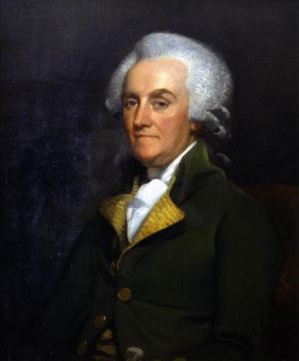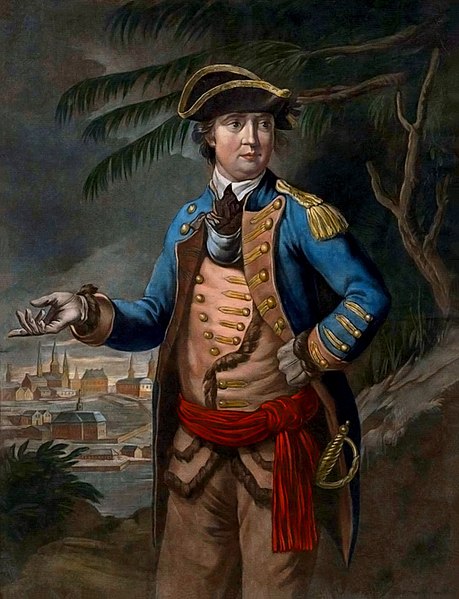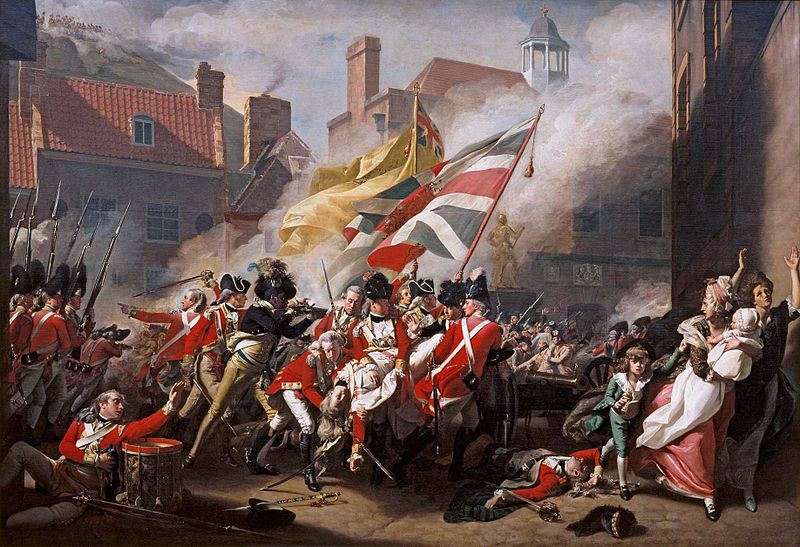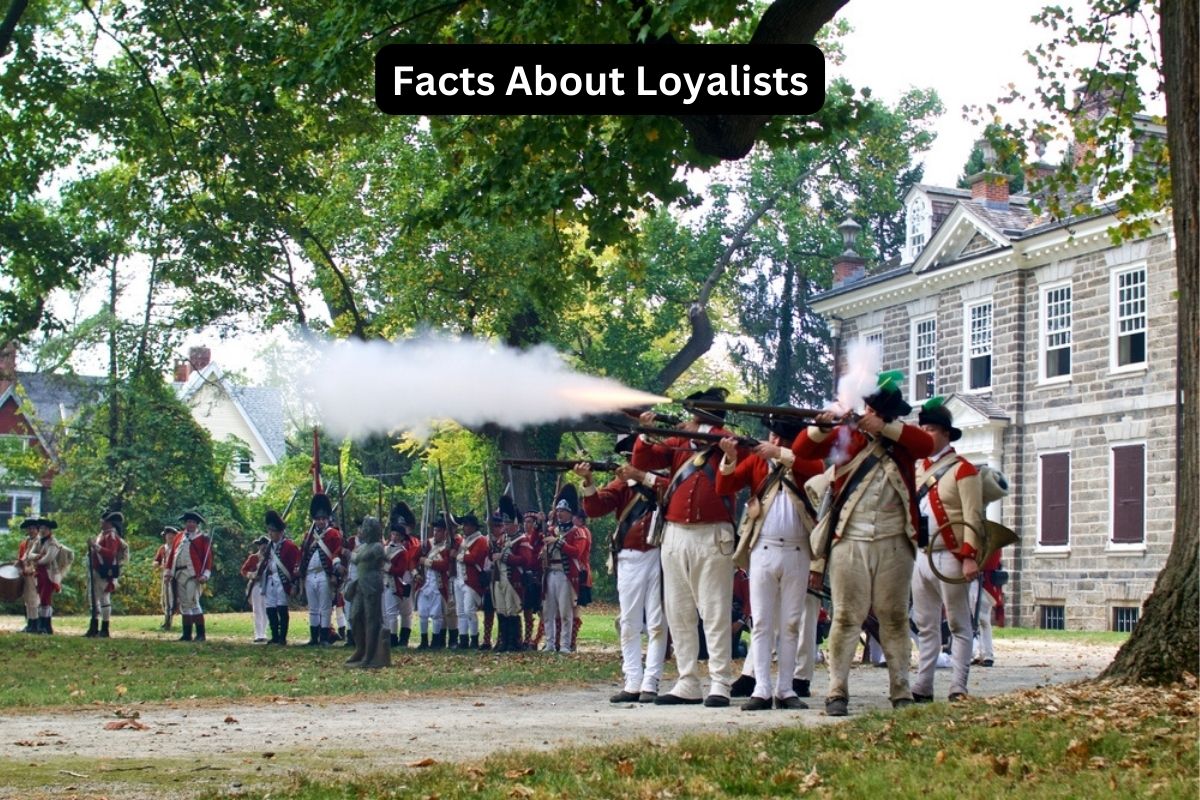Loyalists, during the American Revolutionary War (1775-1783), were a diverse group of American colonists who remained loyal to the British Crown.
In the midst of a burgeoning movement for independence, Loyalists upheld their allegiance to Britain for a variety of reasons, including a belief in monarchy, economic interests, and concerns about social order.
This loyalty often placed them in direct conflict with Patriots, who sought American independence.
As the war raged on, Loyalists formed their own militias, and when the conflict concluded, many chose to leave the newly independent United States, settling in Canada and other British-held territories.
Their impact on the history and development of North America remains significant, with their descendants continuing to shape the cultural and political landscapes of the region.
Loyalists Facts
1. Loyalists were American colonists who remained loyal to the British Crown during the Revolutionary War
Loyalists, also known as Tories or Royalists, were American colonists who chose to remain loyal to the British monarchy during the American Revolutionary War (1775-1783).
They constituted a significant portion of the population, though it’s difficult to determine their exact numbers. Loyalists believed in the continuation of British rule and opposed the movement for American independence led by the Patriots.

2. They came from diverse backgrounds and had various reasons for their loyalty
Loyalists were not a homogeneous group. They represented a wide range of backgrounds, including different social classes, ethnicities, and occupations.
Some Loyalists were wealthy landowners, merchants, or officials with strong ties to the British government.
Others were recent immigrants who felt a sense of loyalty to the Crown. Some believed in the stability that British governance provided and were wary of the uncertainties of independence. Overall, Loyalists had diverse motivations for their loyalty, making it difficult to generalize their reasons.
3. Loyalist strongholds were in the northern colonies like New York and New Jersey
While Loyalists could be found throughout the American colonies, they were more numerous in certain regions. Notably, the northern colonies such as New York, New Jersey, and Pennsylvania had significant Loyalist populations.
These areas had strong economic ties to Britain, with thriving trade and commerce, which influenced some residents to remain loyal. Additionally, these regions were often under British control during various phases of the war, providing a safe haven for Loyalists.
As a result, Loyalists in these areas were more organized and vocal in their support for the British Crown, which sometimes led to clashes and conflicts with the local Patriot population.
4. They faced persecution and violence from Patriots
Loyalists faced significant challenges during the American Revolutionary War due to their loyalty to the British Crown.
Many Patriots considered Loyalists to be traitors to the cause of American independence. This hostility often resulted in persecution, violence, and harassment directed at Loyalists and their families.
Loyalists could be subjected to physical assaults, property confiscation, and social ostracism. Some were even tarred and feathered or imprisoned for their beliefs.
The animosity between Patriots and Loyalists created a divisive and tumultuous atmosphere within the colonies.

5. Loyalists formed their own militias and fought alongside the British
To protect their interests and support the British war effort, Loyalists formed their own militias during the American Revolutionary War. These militias operated in various regions and participated in battles alongside British regular troops.
Also Read: Timeline of Benedict Arnold
They engaged in skirmishes with Patriot forces and played a role in the broader conflict. Loyalist militias were often composed of local residents who were committed to defending their loyalty to the Crown and resisting the Patriots’ push for independence.
6. Many Loyalists left the U.S. after the war, settling in Canada and the Caribbean
When the Revolutionary War ended with the Treaty of Paris in 1783, Loyalists faced an uncertain future in the newly independent United States. They often feared retribution for their loyalty to Britain and the potential loss of their properties and livelihoods.
As a result, many Loyalists chose to leave the United States and became refugees. They relocated to various destinations, with Canada being one of the primary choices.
Canada, then a British colony, provided a welcoming environment for Loyalist refugees, and their presence played a crucial role in the settlement and development of regions like Ontario and New Brunswick.
This migration of Loyalists significantly influenced the demographics and cultural landscape of Canada. Some Loyalists also sought refuge in other British-held territories, such as the Caribbean and the Bahamas.
7. Loyalists played a significant role in the development of Canada
The arrival of Loyalist refugees in Canada had a profound impact on the country’s history. Many settled in areas like Ontario and New Brunswick, which were sparsely populated at the time. Their presence contributed to the growth and development of these regions.
Loyalists brought with them skills, agricultural knowledge, and a commitment to British institutions. They played a crucial role in the establishment of new communities, infrastructure, and governance structures.
In recognition of their contribution, the province of New Brunswick was created to accommodate Loyalist settlers.

8. Some Native American tribes aligned with the British and suffered losses after the war
During the American Revolutionary War, some Native American tribes aligned themselves with the British Crown, hoping to protect their territories from American expansion. When the war ended with American independence, these tribes faced significant territorial losses and hardships.
The British, unable to protect their Native American allies, often ceded Native lands to the United States in treaties like the Treaty of Paris (1783). This had lasting consequences for Native American communities and their relationship with the newly formed United States.
9. Loyalist descendants continue to influence the cultural and political landscapes of North America
The descendants of Loyalists continue to have a cultural and political presence in both the United States and Canada. In Canada, they are often referred to as “United Empire Loyalists,” and their heritage is celebrated.
Loyalist descendants have contributed to the cultural fabric of these nations, with their traditions, values, and perspectives shaping local communities. Some prominent Canadian families can trace their ancestry back to Loyalist settlers.
10. There are heritage sites and museums dedicated to Loyalist history
There are numerous heritage sites, museums, and historical societies dedicated to preserving and commemorating Loyalist history. These institutions showcase artifacts, documents, and stories related to Loyalists and their experiences during the American Revolutionary War.
These sites serve as educational resources and cultural landmarks, allowing visitors to learn about the complex history of Loyalists and their enduring impact on North America. Examples of such sites include the United Empire Loyalists’ Association of Canada and the Loyalist House in Saint John, New Brunswick.
